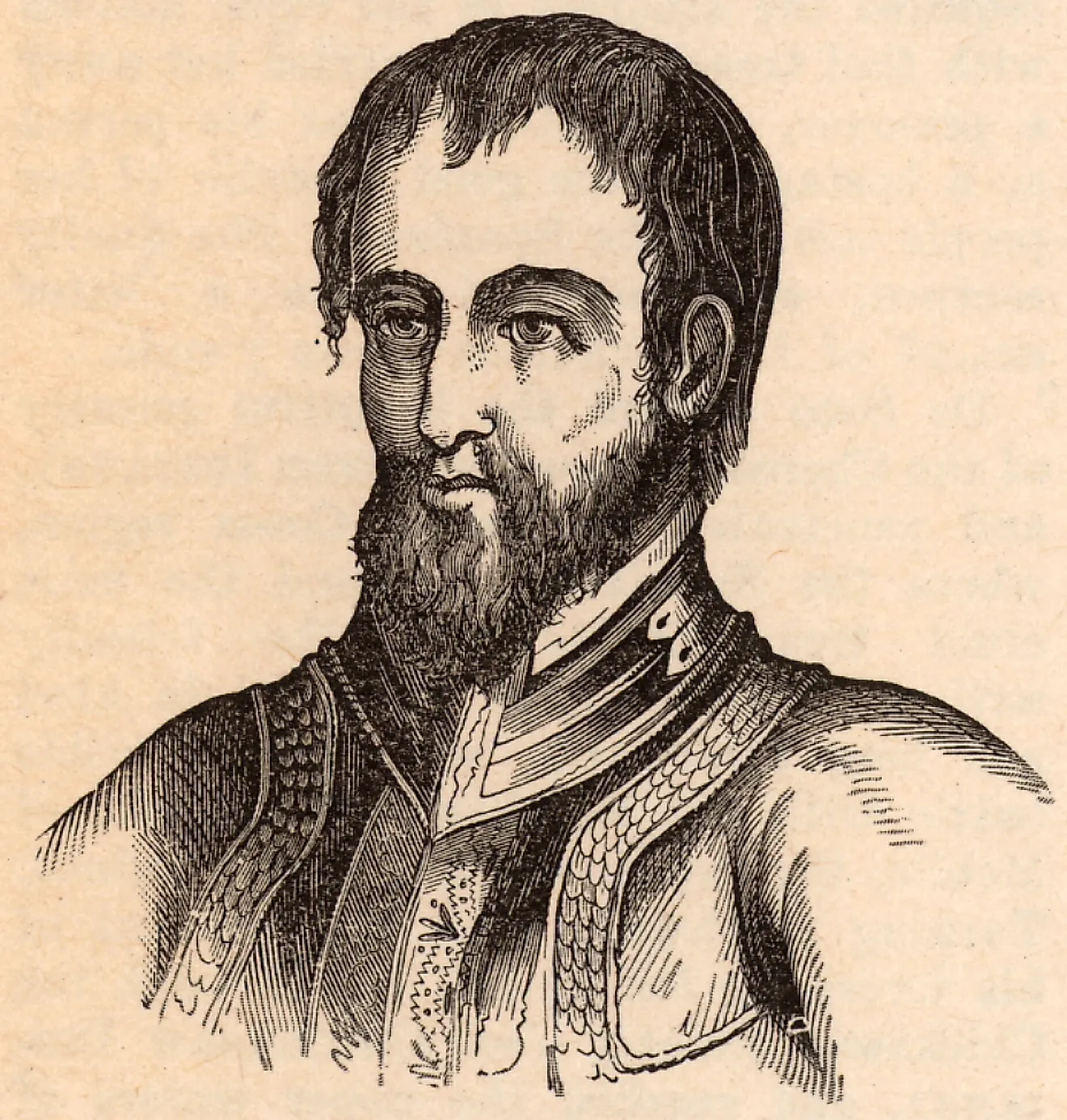Hernando de Soto: Explorers of the World

5. Early Life
Perhaps the youngest explorer and conqueror in the 16th century to start his chosen career, Hernando de Soto was born in Extremadura, Spain in 1496. Unlike many of his contemporaries, he was born to a family of modest means, and his early education was necessarily shouldered by a rich patron named Pedro Arias Davila. He studied at the University of Salamanca, dreaming of exploring the world. Then, at 14 years of age, his dream came true, as De Soto was invited to Seville to join his patron Pedro Davila on an expedition to the West Indies. Thus started his career as a young explorer. De Soto soon became famous for his fighting ability, horsemanship, and tactical abilities. All of which were abilities that proved useful in his conquests to come.
4. Career
The region of Spain where De Soto was born was famous for giving rise to many explorers who aspired to gain wealth by joining expeditions to the New World. De Soto was awed when he met Pedro Arias Davila, the first explorer he met. Impressed by the boy, Davila later funded De Soto's early education. Knowing the boy's dream to be an explorer like himself, Davila encouraged him and became his mentor. Throughout his career as an explorer, De Soto never wavered in his resolve to become a rich man. After joining his patron Davila, he also later joined Pizarro in the conquest of Peru, and later went on his own to lead explorations of North America.
3. Discoveries
Some of De Soto's greatest achievements started early in 1514, alongside his benefactor Davila. After exploring the West Indies, they went on to explore what are today Panama, Nicaragua, and Honduras. This expedition would make De Soto a rich man by standards of his day. The most important expedition he took was with Pizarro in the conquest of Peru in the early 1530s. Returning to Spain with his share of gold in 1536, he settled down with a wife in a new home. But barely two years later, in 1538, De Soto was off on another expedition to North America. One of the most prolific explorers of his time, De Soto continued on to North America to explore the southeastern United States, venturing further into the mainland than anyone was known to go before. He also discovered the Mississippi River in 1539.
2. Challenges
In 1538, De Soto and his men explored Florida, and traversed close to 4,000 miles of land and water, discovering the Mississippi along their way in 1541. They were also the first Europeans to cross the great river. One of the most frequent problems that De Soto and his men faced were attacks and ambushes by Native Americans in order to try and get the Spanish off their land. De Soto took many of the natives he defeated as slaves in order to fuel his expeditions. He and his men continued on to explore central Georgia, the Carolinas, Tennessee, Mississippi, Alabama, and Arkansas. After a year, they reached Louisiana and Texas.
1. Death and Legacy
As De Soto and his men pushed further into Native American territories, more and more of their crew members suffered ill health, and some perished from malnutrition and diseases. De Soto himself contracted fever in Louisiana, and passed away on May 21st, 1542. The expedition that had started in Florida and ended up reaching somewhere in the southeastern United States, was just the beginning of further Spanish explorations into the surrounding areas in years to come. Many historians saw De Soto's Florida expedition as a failure, as it gained no monetary value and, in the end, also claimed his life in the process. However, De Soto's legacy also led to more expeditions that also established settlements in the New World themselves. Unfortunately, he also contributed much to the mistreatment of Native Americans and the taking of their lives and property, a horrid practice that would go on for centuries to come.











